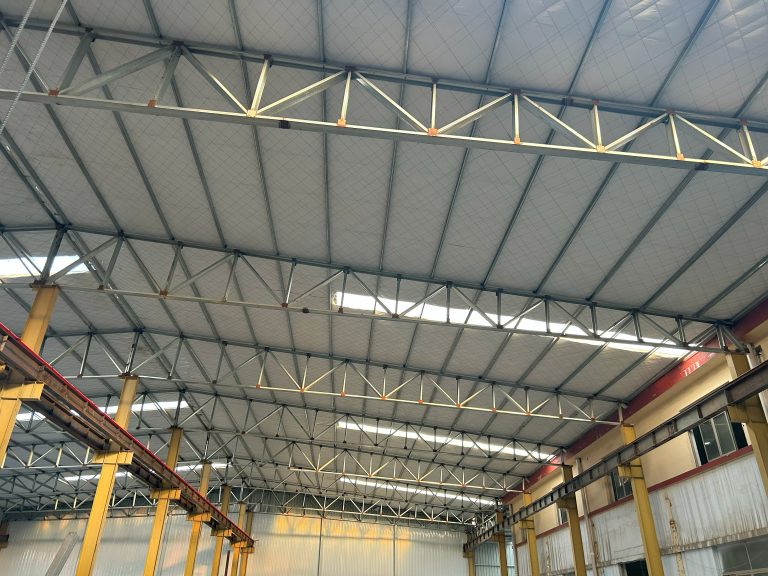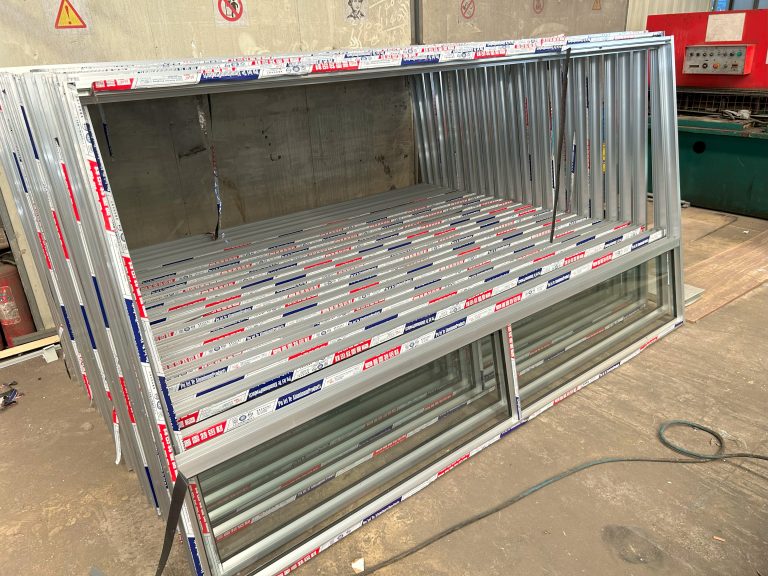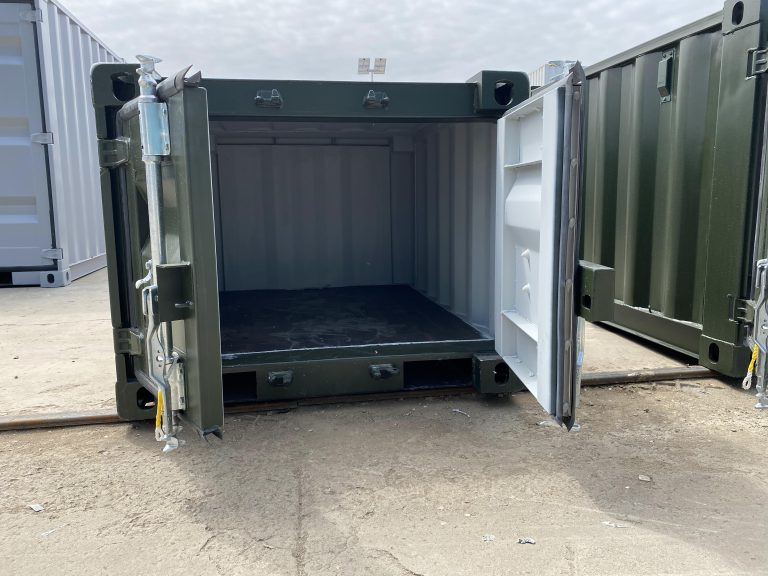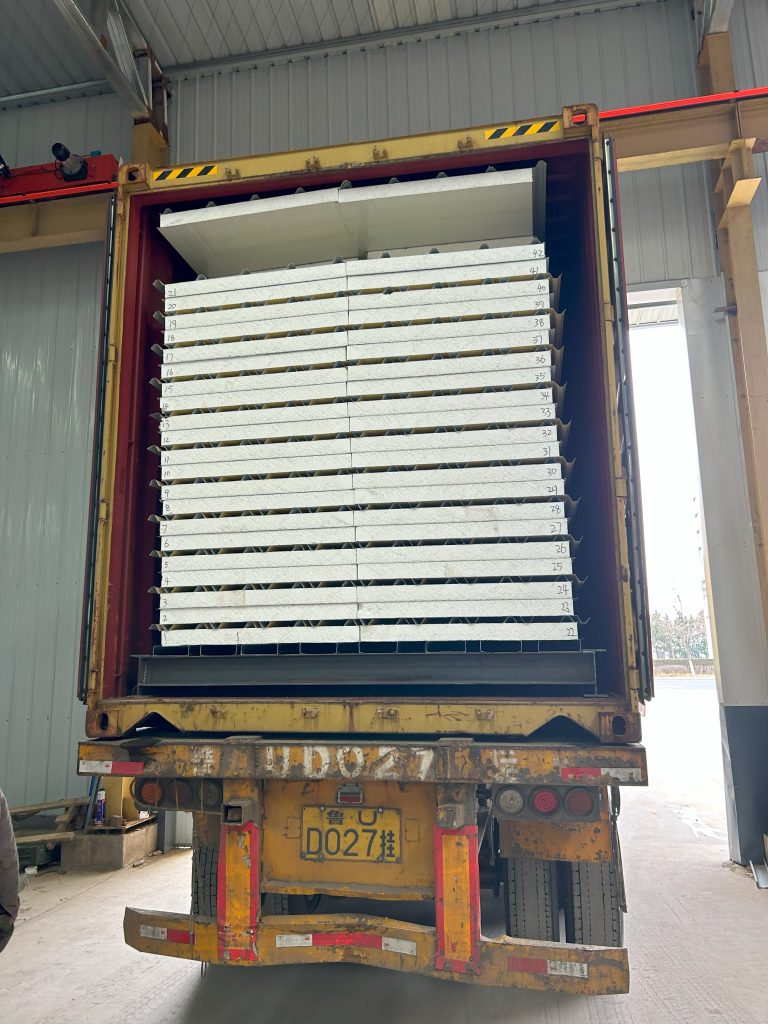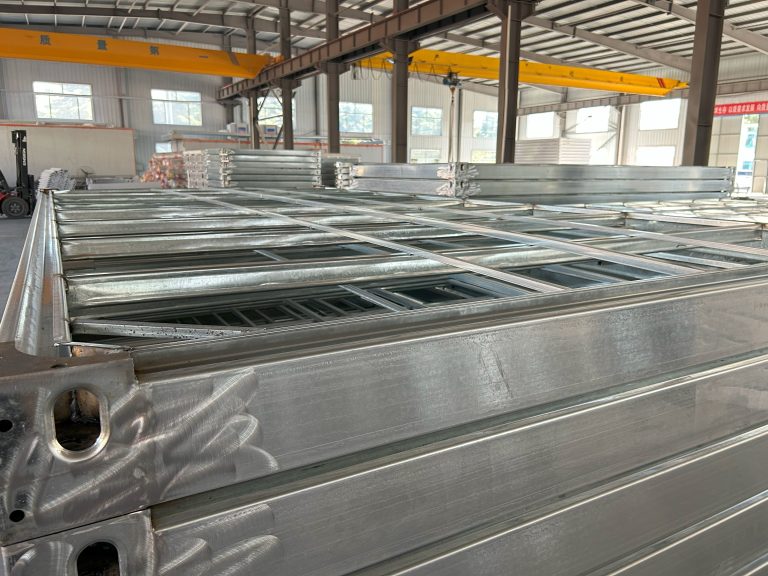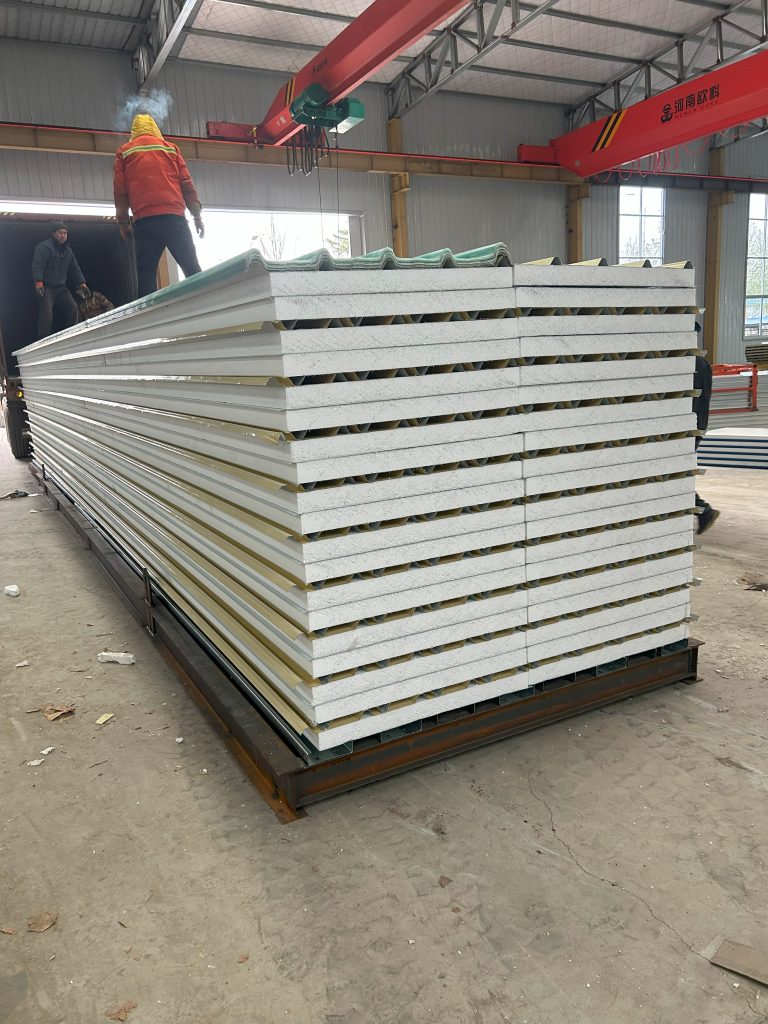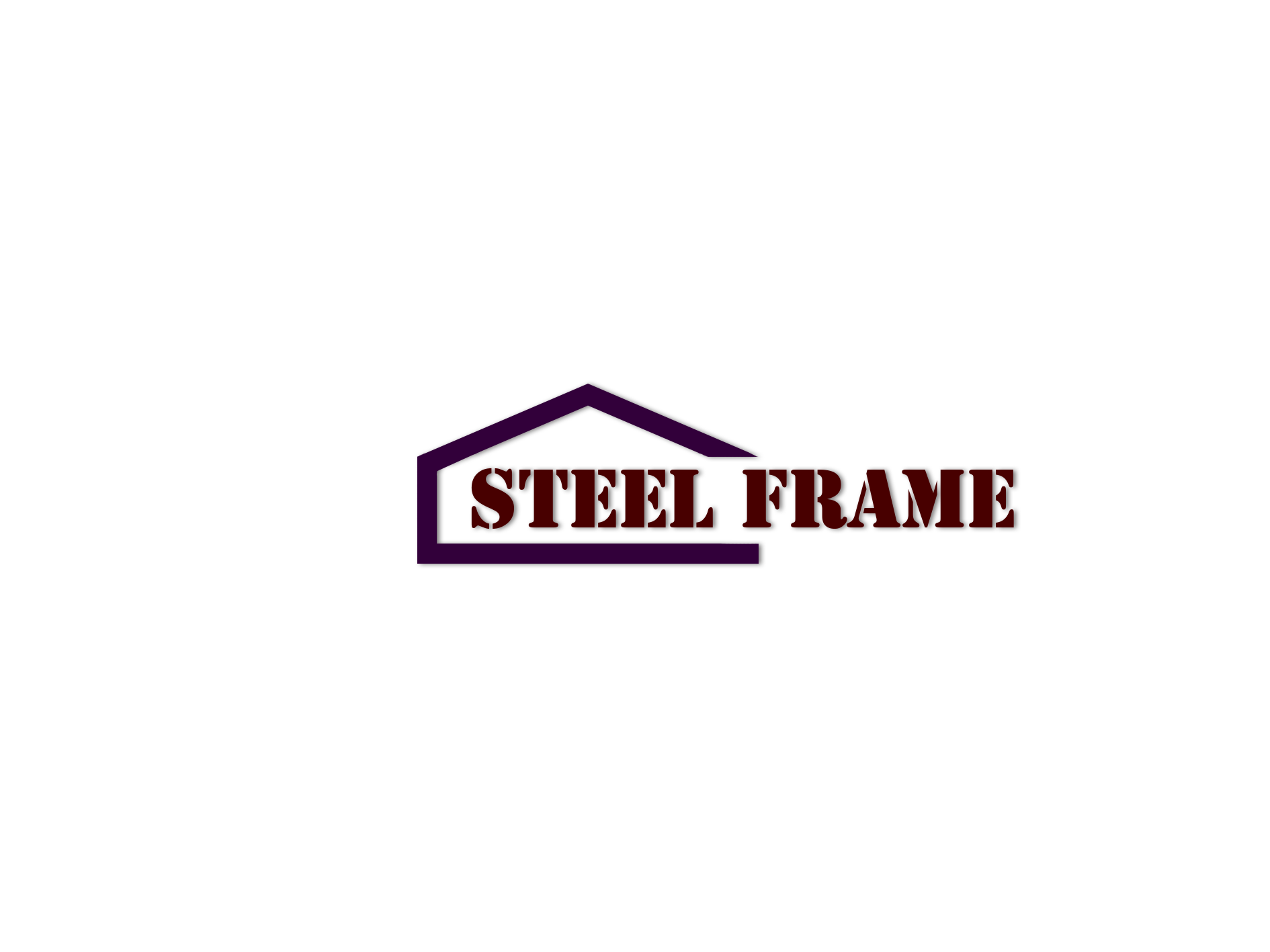The digital transformation of steel structure industry.
Table of Contents
Benefits of Implementing Digital Technologies in Steel Structure Manufacturing
The steel structure industry has long been known for its traditional manufacturing processes and reliance on manual labor. However, in recent years, the industry has begun to embrace digital technologies to improve efficiency, productivity, and quality. The digital transformation of the steel structure industry has brought about numerous benefits for manufacturers, contractors, and customers alike.
One of the key benefits of implementing digital technologies in steel structure manufacturing is increased efficiency. By utilizing advanced software and automation tools, manufacturers can streamline their production processes, reduce waste, and optimize resource utilization. This not only helps to lower production costs but also allows manufacturers to deliver projects faster and more efficiently.
In addition to improved efficiency, digital technologies also enable manufacturers to enhance the quality of their products. Advanced modeling and simulation software can help designers and engineers create more accurate and precise designs, leading to higher-quality steel structures that meet or exceed industry standards. Furthermore, digital technologies allow for real-time monitoring and quality control, ensuring that any defects or issues are identified and addressed promptly.
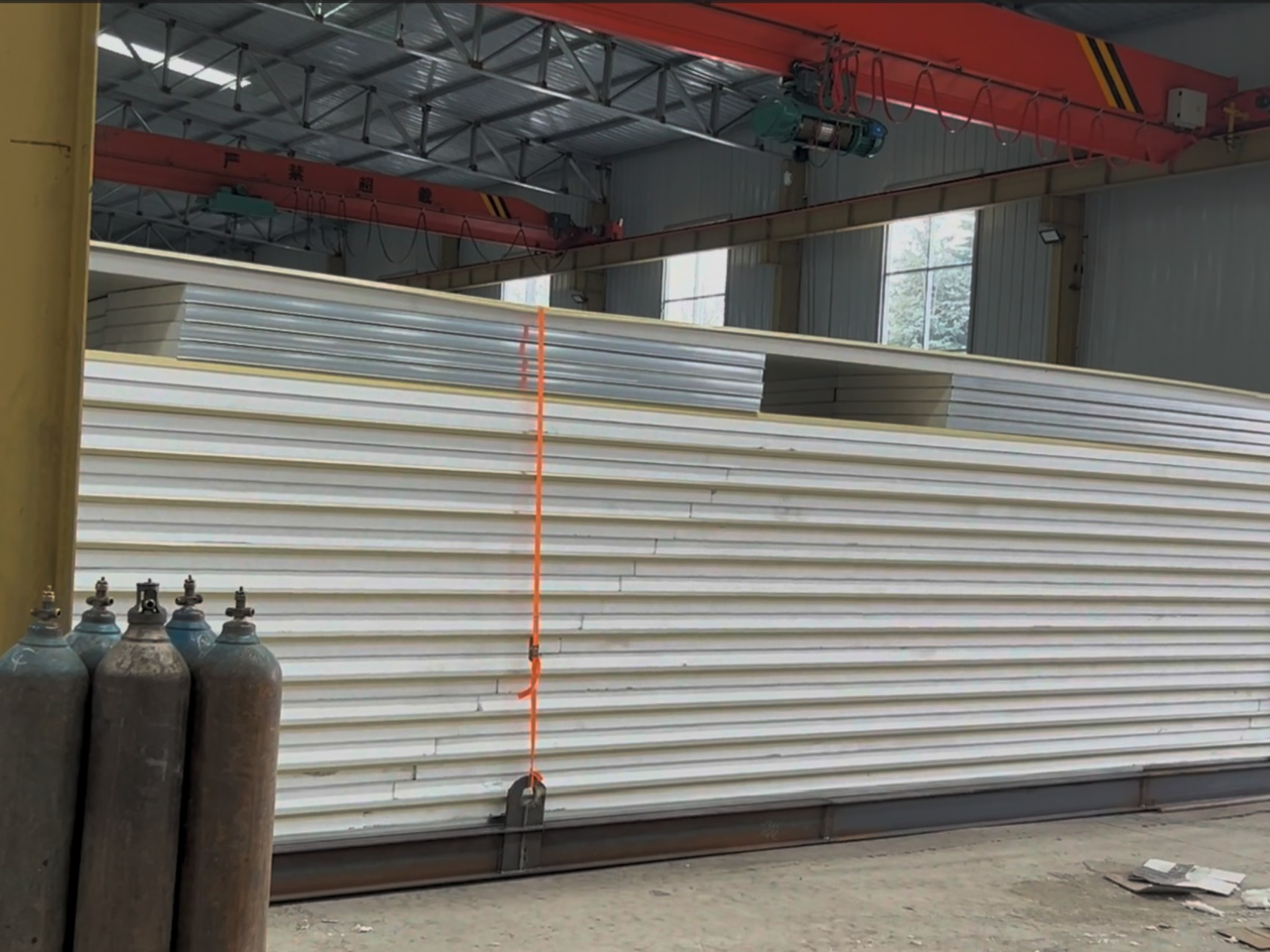
Another significant benefit of the digital transformation of the steel structure industry is increased flexibility and customization. With digital technologies, manufacturers can easily modify designs, adjust production schedules, and accommodate changes in project requirements. This level of flexibility allows manufacturers to respond quickly to customer demands and market trends, ultimately improving customer satisfaction and loyalty.
Moreover, digital technologies enable manufacturers to better collaborate with other stakeholders in the construction industry. By using cloud-based platforms and communication tools, manufacturers can easily share project data, collaborate on designs, and coordinate with contractors and suppliers. This level of collaboration not only improves project coordination and communication but also helps to reduce errors and delays.
Furthermore, the digital transformation of the steel structure industry has also led to improved safety and sustainability. Advanced sensors and monitoring systems can help manufacturers identify potential safety hazards and risks in real-time, allowing them to take proactive measures to prevent accidents and injuries. Additionally, digital technologies enable manufacturers to optimize energy usage, reduce waste, and minimize environmental impact, leading to more sustainable and eco-friendly production processes.
Overall, the digital transformation of the steel structure industry has brought about numerous benefits for manufacturers, contractors, and customers. From increased efficiency and quality to enhanced flexibility and collaboration, digital technologies have revolutionized the way steel structures are designed, manufactured, and delivered. As the industry continues to embrace digital technologies, we can expect to see even more innovations and improvements that will further enhance the competitiveness and sustainability of the steel structure industry.
Challenges and Solutions in Adopting Digital Transformation in the Steel Structure Industry
The steel structure industry has been a cornerstone of construction for centuries, providing the framework for buildings, bridges, and other infrastructure projects. However, as technology continues to advance at a rapid pace, the industry is facing the challenge of adapting to the digital transformation that is sweeping through all sectors of the economy.
One of the main challenges in adopting digital transformation in the steel structure industry is the sheer complexity of the manufacturing process. Steel structures are typically custom-designed to meet the specific needs of a project, which requires a high level of precision and attention to detail. This complexity can make it difficult to integrate digital technologies into the manufacturing process, as each project may require a unique approach.
Another challenge is the cost associated with implementing digital technologies. While the initial investment in digital tools and software may be significant, the long-term benefits can outweigh the costs. Digital technologies can streamline the design and manufacturing process, reducing errors and improving efficiency. However, many companies in the steel structure industry may be hesitant to invest in new technologies without a clear understanding of the potential return on investment.
Despite these challenges, there are several solutions that can help companies in the steel structure industry successfully adopt digital transformation. One solution is to invest in training and education for employees. By providing workers with the skills and knowledge they need to effectively use digital tools and software, companies can ensure a smooth transition to a more digitalized manufacturing process.
Collaboration with technology partners is another key solution. By working with experts in digital technologies, companies in the steel structure industry can gain access to the latest innovations and best practices. Technology partners can help companies identify the most effective digital tools for their specific needs and provide ongoing support and guidance as they integrate these tools into their operations.
Another solution is to gradually phase in digital technologies, rather than trying to implement them all at once. By starting with small pilot projects and gradually expanding the use of digital tools, companies can minimize the risk of disruption to their operations and ensure a smooth transition to a more digitalized manufacturing process.
In conclusion, the digital transformation of the steel structure industry presents both challenges and opportunities for companies in this sector. By investing in training and education, collaborating with technology partners, and gradually phasing in digital technologies, companies can successfully navigate the transition to a more digitalized manufacturing process. While the road to digital transformation may be challenging, the potential benefits in terms of efficiency, accuracy, and competitiveness make it a journey worth taking.

